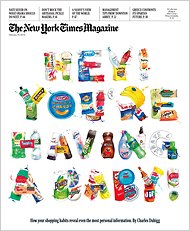Starbucks is not just a coffee shop; not only does the company provide individuals their morning pick-me-up, a warm place to meet up with a friend, and a delicious place to indulge one’s sweet tooth, Starbuck’s uplifts all individuals that gets a taste of what it has to offer. Starbucks’ mission statement describes the impression that it leaves on its consumers perfectly: “Our mission is to inspire and nurture the human spirit – one person, one cup and one neighborhood at a time.” By staying true to this mission statement, Starbucks’ consistently supplies cups of joy to 10,465,000 fulfilled consumers each day1. Starbucks’ cheerfulness, generosity, and kindness have created an uplifting culture that inspires happiness among consumers, through its many functions and especially in its warm customer relations. This culture is evident in the joyfulness of the baristas, the tunes that sing happily in each shop, and most especially in the way that each consumer is handled with care.
In Peony Au’s blog post, “A Refreshing Company Culture: Starbucks,” Peony reflects a time that she was supplied with a complimentary drink because of the long wait she had endured.This is only one of the small ways that Starbucks goes above and beyond to supply customer satisfaction. As a result of Starbuck’s impeccable service and amazing positive culture, Starbucks has created innumerable loyal consumers that leave the shop with a satisfied tummy, a full smile, and soul filled with inspiration.
Source 1: http://www.ask.com/question/how-many-cups-of-coffee-does-starbucks-sell-a-day
Checkout Peony Au’s Blog for more of her intriguing business insights: https://blogs.ubc.ca/peonyau/









